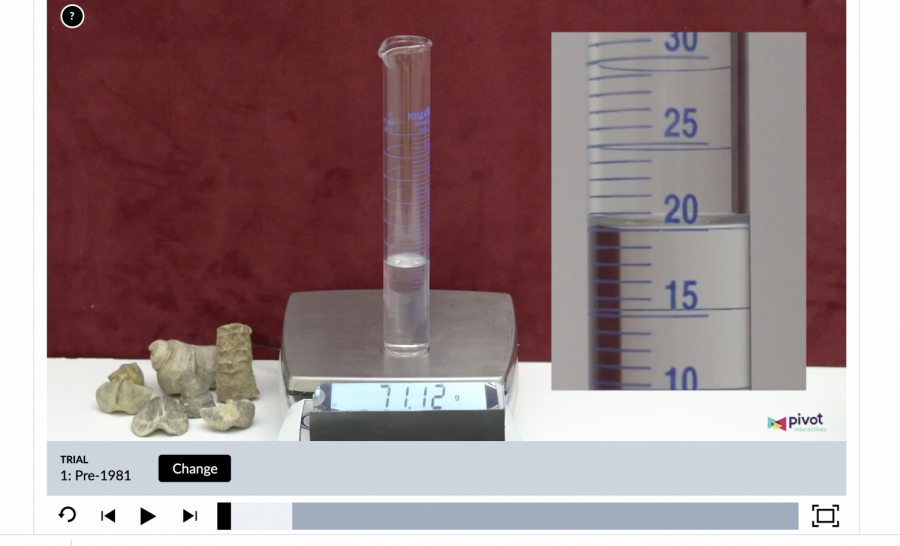Science Teachers Adapting to Online Learning
November 5, 2020
Students filling beakers, pipetting solutions, recording data—this is what science classes usually look like. A scene like this wouldn’t happen in distance learning. Without equipment and classrooms, Miramonte’s science teachers face a unique challenge during distance learning: what to do about labs.
“We decided to try and get creative so we could get students to conduct inquiry in their own home, but also knew that wasn’t always possible,” chemistry teacher Cassi Porter said.
Teachers worked hard to find a variety of approaches to bring labs to students at home. “Students are doing virtual labs through Pivot Intneractives, online simulations offered through PhET, online simulations through a program called ChemCollective, and students are doing some at home hands-in experiments,” AP Chemistry teacher Jamie Bascom said. Some of the programs were used even in the non-virtual world, such as PhET, which provides students with online simulations of molecules and reactions.
Science teachers also worked together to find new programs. “I heard about Pivot Interactives by talking with other AP Chemistry teachers and being part of an AP Chemistry teacher community on Facebook,” Bascom said.
Pivot Interactives shows students videos of labs and allows students to collect data from them. The program is perfect for virtual learning, and even has features that were not previously available during hands-on labs. “For Chemistry in particular, there are a lot of concepts at the molecular level that are hard to really observe in a lab, so these virtual labs allow for great interaction with the content,” Porter said.
Teachers are also letting students conduct some hands-on experiments. “We have been able to adapt some of the labs to use equipment found around the house, and have provided lab kits for some of the pieces that may be a little more difficult to find in the home. This is allowing us to provide a nice mixture of hands-on and virtual activities for our students,” Porter said.
“Physiology is still interactive and engaging,” senior Saba Sheikholelsami said. “I think the material we’re learning and the way Mr. Gadde teaches is what makes it engaging.”
In some ways, distance learning isn’t so bad. “Eratosthenes, who was born in 276 BCE, managed to measure the circumference of the Earth using only 2 sticks and the length of their shadows. We have cellphones and computers—we’ll just have to be more creative with the experiments we design,” Chemistry and AP Physics teacher Joseph Escobar said.
Students may not be in a physical lab, but teachers help bring science class to the computer screen, or even the kitchen counter. “Nothing is as good as the real thing when it comes to Science experiments. However, a lot of these virtual labs would be used in my classroom even if we were back in person,” Porter said. “We are always looking for new ways to engage our students in lab work and deepen their understanding of Science, so we will continue to search for the best activities and labs.”







